NeoGrid® AI
Germany compared to other countries: Where do we stand with virtual power plants?
By
David Wölfle
8.8.2025

6
Min.

Virtual power plants function like an orchestra of thousands of small electricity sources: solar panels, battery storage, heat pumps, and electric vehicles working together - controlled by a digital platform.
The result? More flexibility, less CO₂, and lower electricity costs.
But how well does this interplay actually work in Germany?
And what are other countries doing better?
Germany: Great Potential, Little Practice
Imagine: Ten electric cars on your street, a solar system on every roof with storage in the basement. Sounds like the energy future, right?
The problem: In Germany, each device operates independently.
No coordination, no smart control, no real added value.
Why is that?
- The technology exists - but the regulations are complicated
- Too many small grid operators unable to keep pace with energy system modernization
- Smart tariffs are rare, and both incentives and infrastructure are lacking
- Bureaucracy stifles many good ideas
Pioneering projects like SonnenVPP with home storage or NeoGrid®AI from Ostrom already show how it could work. But we're still far from making this an everyday reality.
Denmark: Flexibility That Pays Off
It's completely different in Denmark.
There, the electricity market is open to everyone - including households.
An example: Your heat pump only runs when electricity is cheap. Your electric car charges automatically at night—and feeds power back to the grid during the day when needed.
And you get paid for it.
Virtual power plants are already partially established here, with households reaping the benefits.
They regulate frequencies, relieve grid stress - and turn electricity customers into active participants.
Netherlands: Clear, Fast, Digital
The Netherlands show how it can be done simply.
Everyone gets a smart meter. The rules are straightforward.
Startups like Sympower or Jedlix connect electric vehicles and batteries to create real power plants.
Result: Solar power is rarely curtailed. Households benefit from low prices.
Grid operators work hand in hand with aggregators - the operators of virtual power plants.
Switzerland: Small but Well-Connected
In Switzerland, municipalities often drive the transformation.
They build local networks where households exchange electricity and store it collectively.
The whole system runs on a unified platform with clear data standards.
Simple. Secure. Transparent.
Virtual power plants are also more widespread here than in Germany.
Great Britain: Real-Time Electricity for All
In Great Britain, many households are already deciding today:
When do I charge my car? When do I sell electricity?
With dynamic tariffs, control apps, and genuine customer participation.
The electricity system responds flexibly to supply and demand - in real time.
And those who participate save real money.
Australia: The Future Live
Australia is considered a pioneer.
Why? Because electricity customers there become true "prosumers" - both producers and consumers simultaneously.
Tesla has built a virtual power plant from thousands of home batteries.
When the grid fluctuates, the batteries automatically kick in. Without anyone having to lift a finger.
The government actively supports such projects.
Result: Cheaper, cleaner electricity - stably and efficiently distributed.
Conclusion: Germany Has the Technology - Now We Need Courage
We have millions of connectable devices.
We have the know-how and strong companies.
What's missing: Clarity, courage, and incentives.
Germany must...
- make smart tariffs simpler,
- reduce bureaucracy,
- and promote digital platforms that integrate households into the electricity system.
Because ultimately: The more people participate, the more stable our grid becomes - and the cheaper electricity is for everyone.




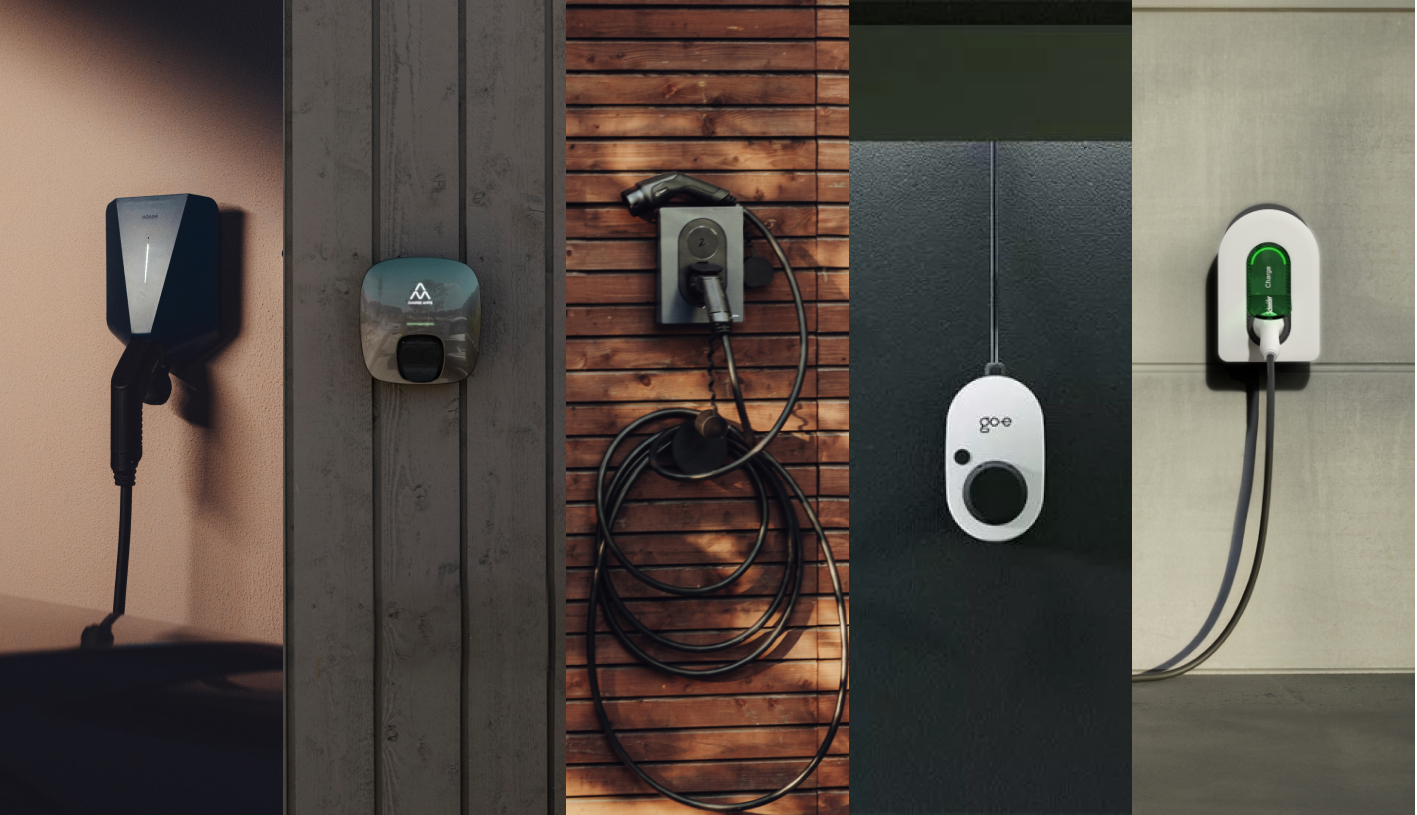
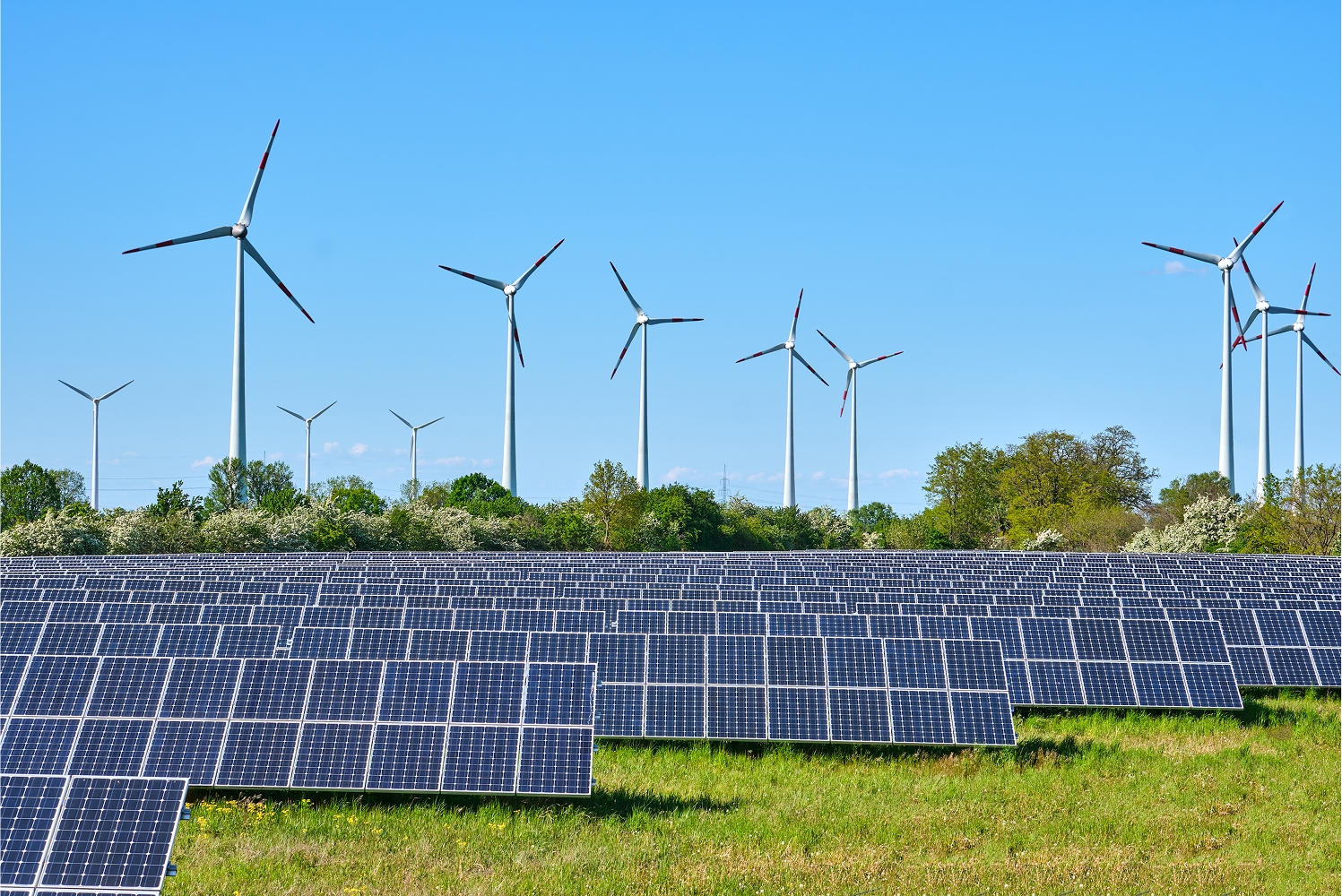
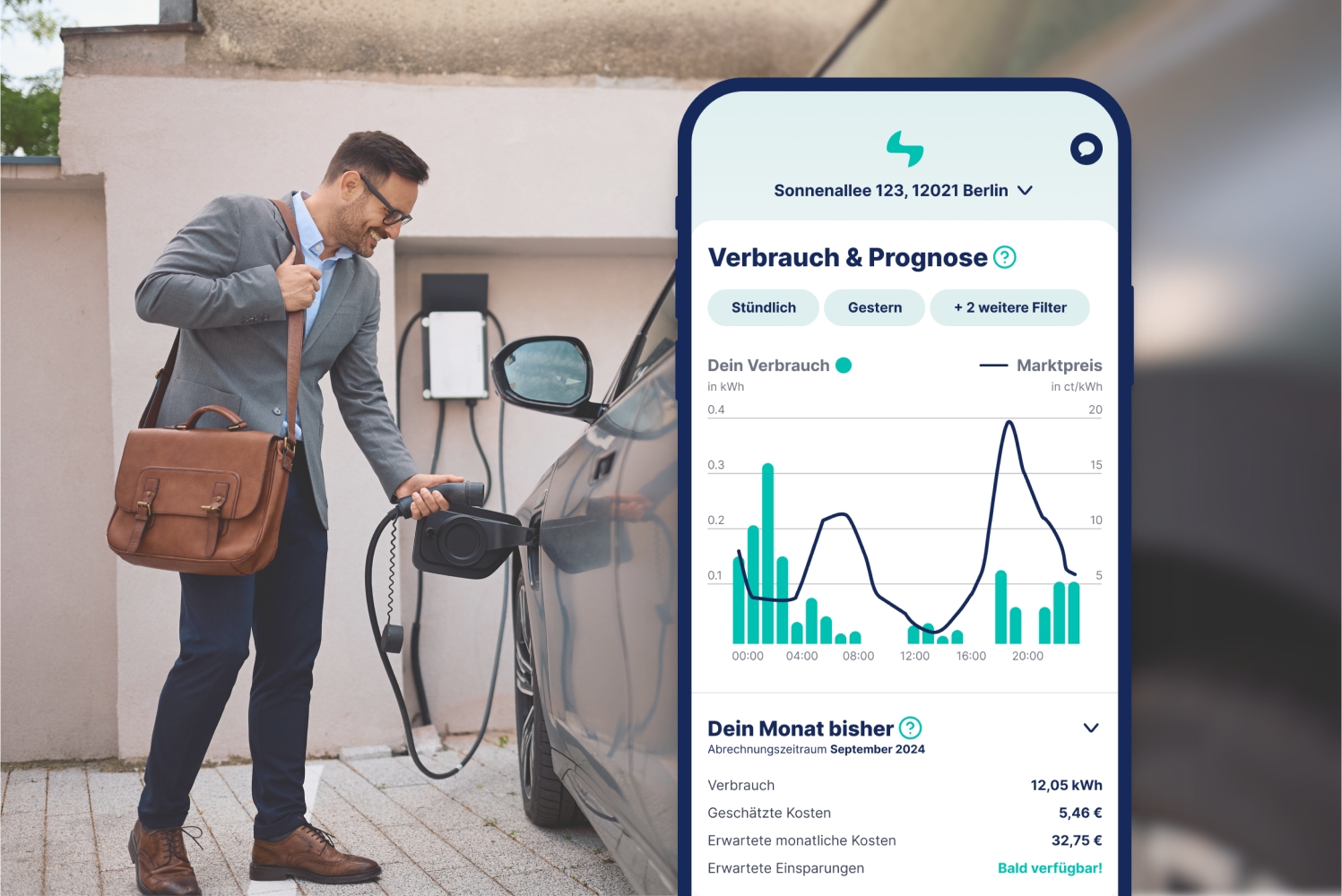

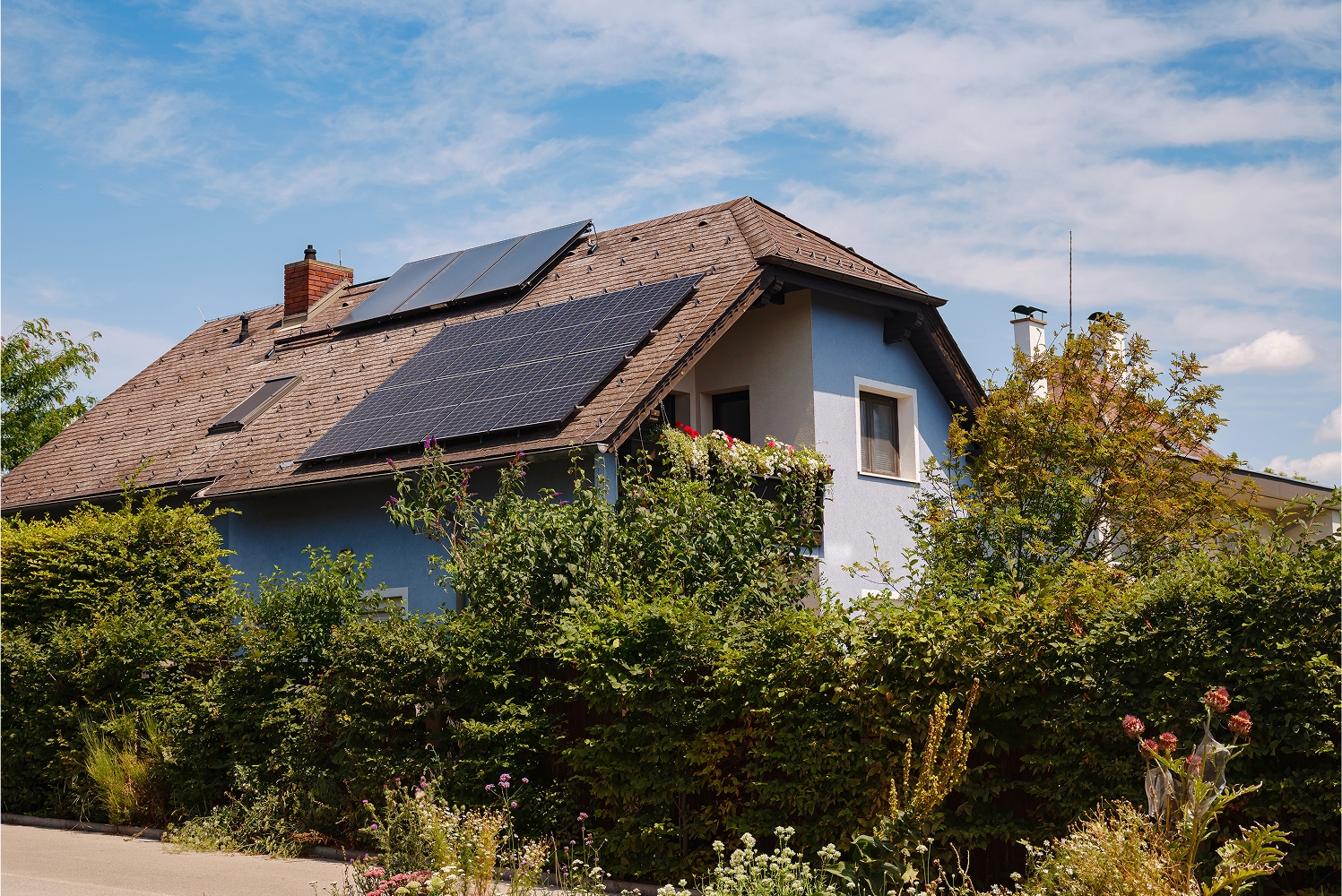
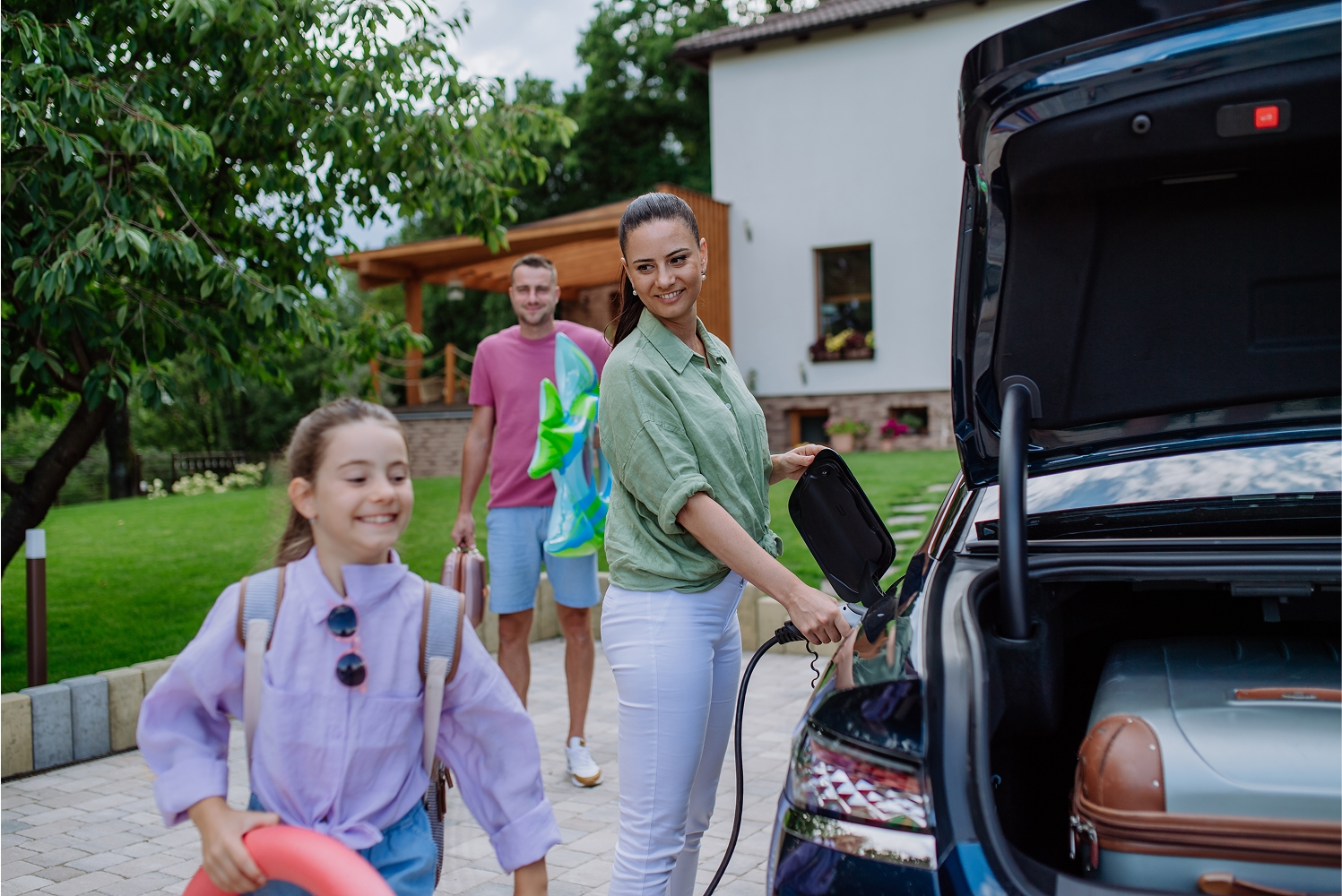

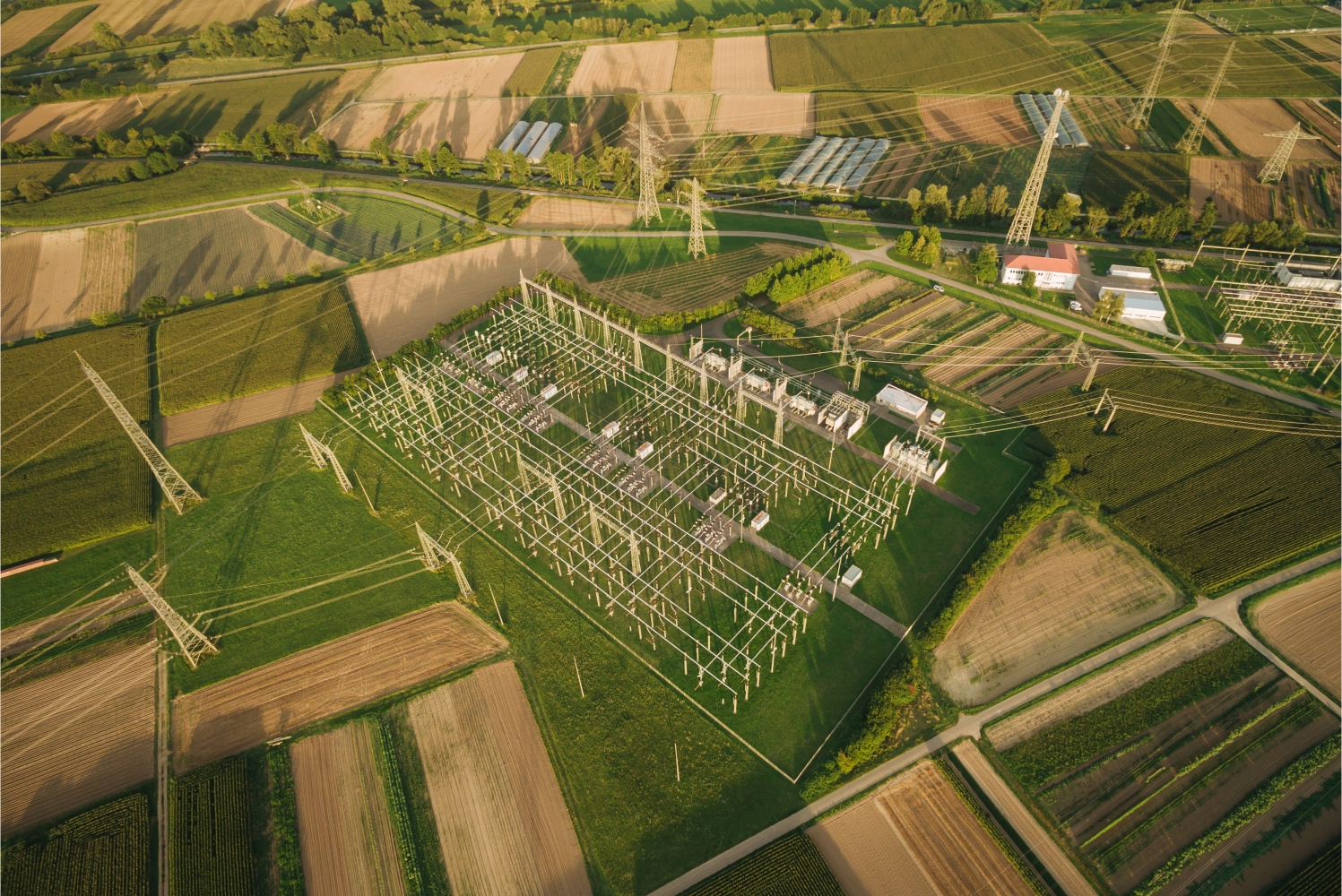


.avif)